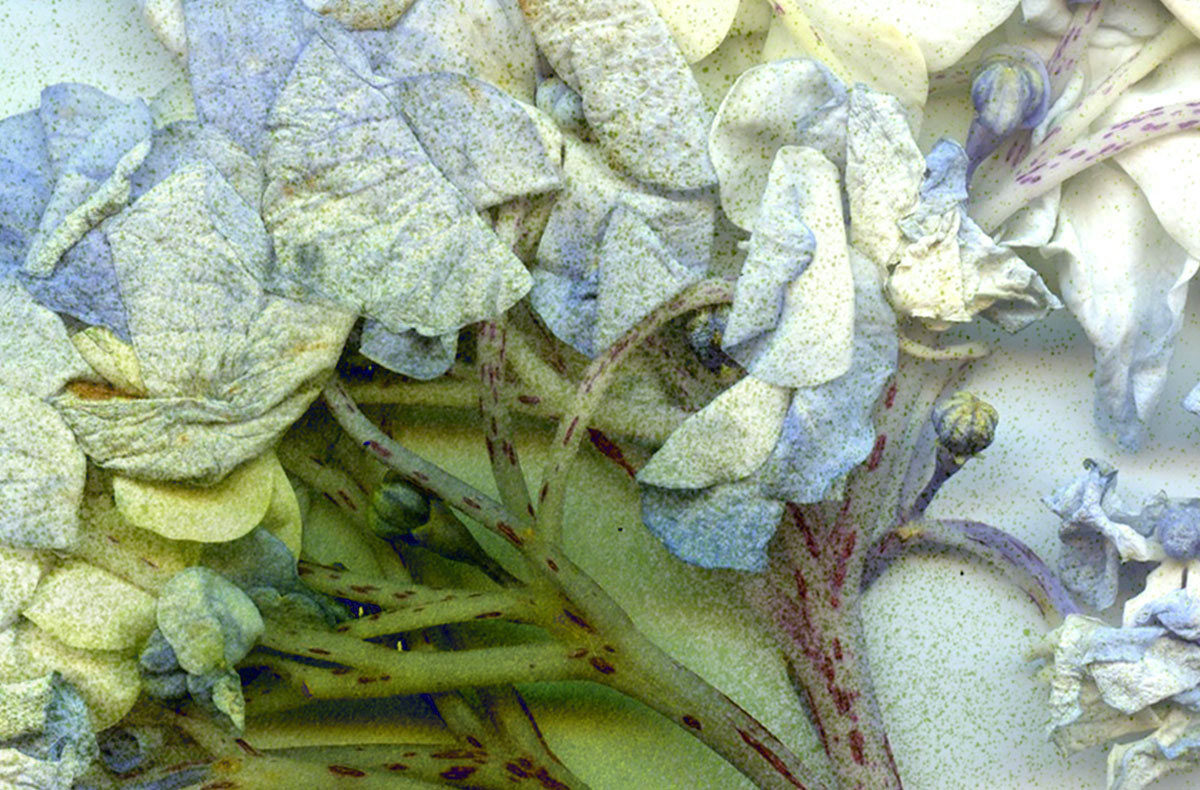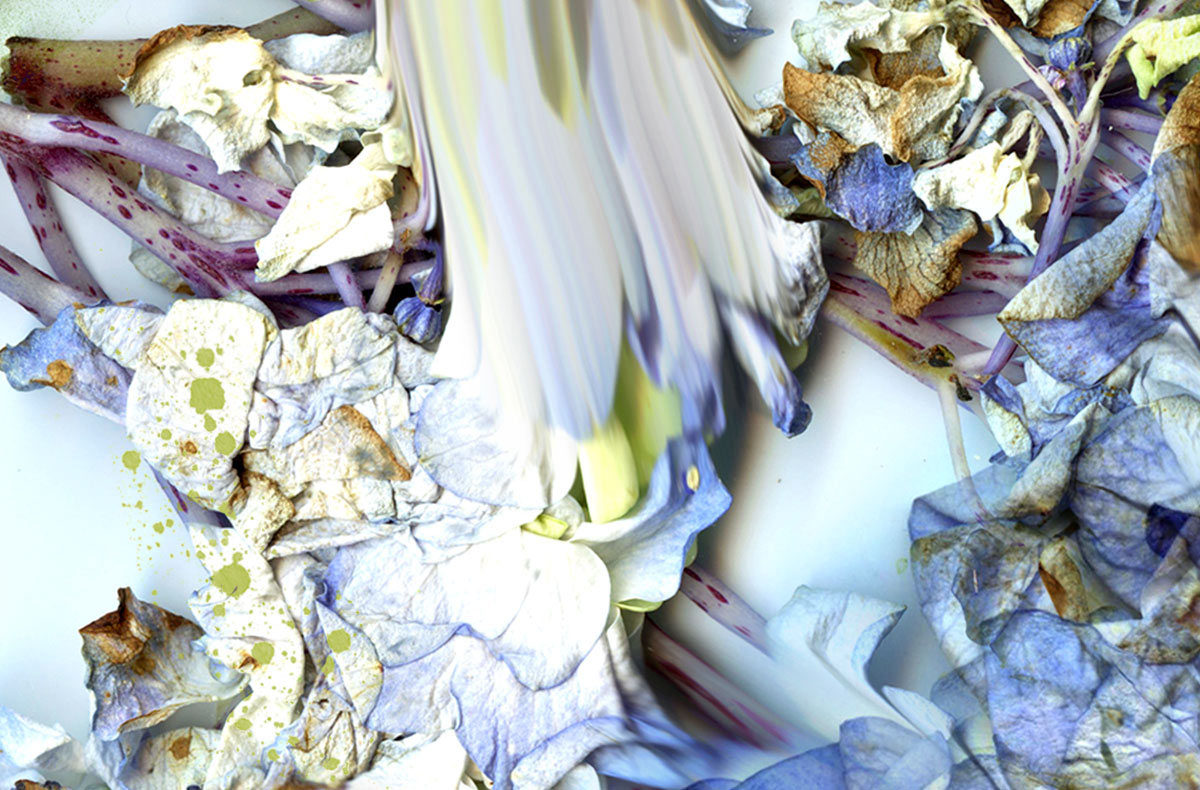By David Maggs, Metcalf Fellow on Arts and Society
Last month, we left off with the tantalizing realization that people’s transformative experiences often occur amidst artistic encounters. That there is a causal mechanism here — art makes it happen — isn’t necessarily clear, but the data is compelling. Transformation occurs, and art is often there.
We might be forgiven for getting excited here. Many different areas of society are increasingly eager to move from patterns of incremental change to those of transformative change — from social justice to sustainability, health reform, poverty reduction, etc. The common sentiment across these challenges is that incremental change lacks both the pace (it doesn’t happen fast enough) and the leverage (we’re pulling the tops off the weeds while leaving the roots in the ground). If we find that art has some unique capacity in this regard — and we are looking for ways to deepen the larger social relevance of art — the opportunity to identify ourselves as agents of transformative change sounds like nice work if we can get it.
The next two posts take on two challenges of this aspiration. First, trying to find more concrete and operational clarity here concerning what we mean when we talk about transformative change, and then, how we go about doing it with art.
I have, dutifully, compiled a list of academic readings on what transformative change means, and it is, as I am sure you were imagining, not as helpful as I had hoped. Whether a self-referential definition like “changes in one’s life under which we might not consider ourselves to be the same person” or the more impenetrable, “significant reconfiguration of perception and thought resulting in the lessening of psychic restraint and pain, allowing for the emergence of new psychological perspectives contributing to living a more creative life.” In either case, I was hoping for something a little handier.
Here, the history of the indoor toilet may serve our purposes. The earliest known flushing toilet was invented sometime around 1000 BC in Crete; another early example dated to 200 BC in China. Queen Elizabeth I had one built by her godson, although reportedly didn’t use it as she disliked the sound it made. It was not until the early 19th century that the indoor plumbing systems we use today began their development in earnest. But even then, their promoters encountered a surprising problem. People were reluctant to use them. The mere thought of going to the bathroom indoors made people extremely uncomfortable.
This, of course, is unimaginable to us now, as the thought of going to the bathroom outdoors makes us extremely uncomfortable. If you’ve ever used an outhouse, however, you might sympathize. The thought of bringing that smelly mess inside would have seemed like a ridiculous suggestion — which is why the topic is so relevant to our broader curiosity around transformative change. They could not imagine doing it, and we cannot imagine not doing it.
That is transformative change. Before it happens, we cannot conceive of it; after it happens, we can’t conceive of its absence. That is change at the level of being, and that is the change so many of us are looking for in this historical moment: inconceivable enough now that it will make now inconceivable. How might such an unlikely juncture materialize? By what means might the inconceivable be conceived? And how on earth might we foster a sensation of belonging in such strange new worlds? You can see where this is going, I imagine. The difficulty in manufacturing such moments may be the very reason why the arts hold such special promise in this unusual challenge. Unpacking this promise will be the focus of the next post.




